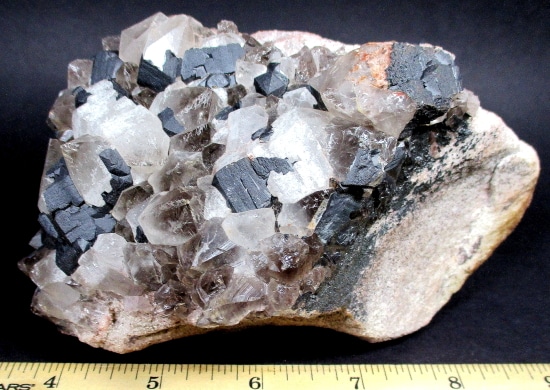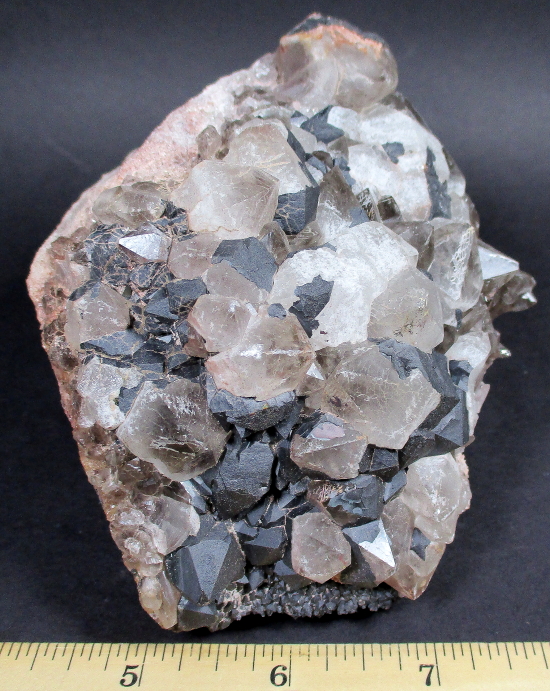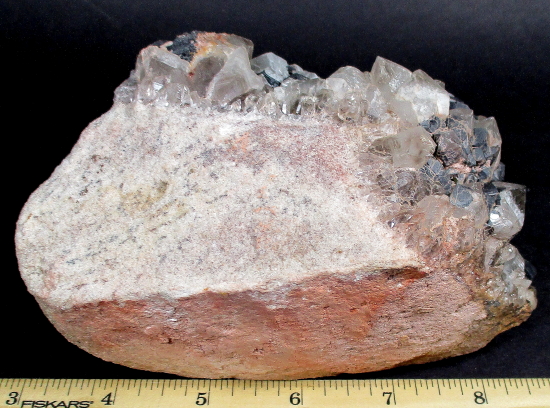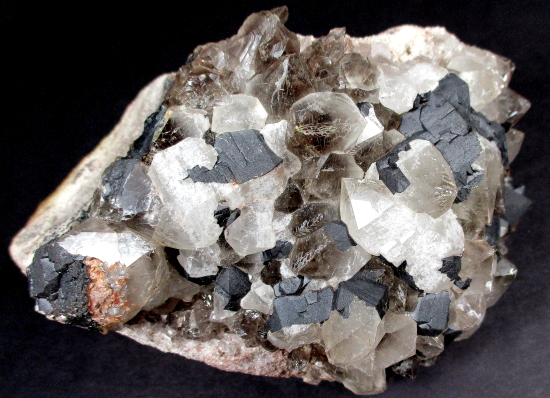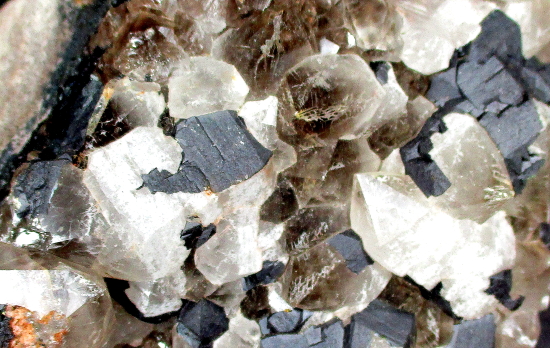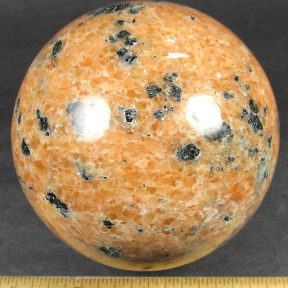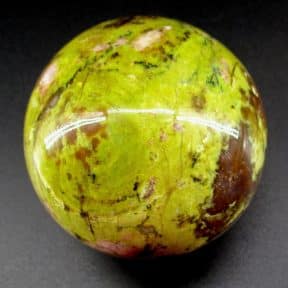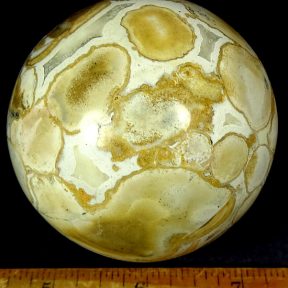Description
Hematite is a mineral form of Iron oxide. It is a very common material that has a black to steel to silver-grey color and may also appear reddish brown. Hematite is a heavy metal and when it is polished it is considered to many to be of gemstone quality. It is very popular in jewelry and Native American art.
Quartz is the second most common mineral in the Earth’s continental crust. It is mainly composed of Silica or Silica based minerals. Although Quartz is known by a variety of names, the most important distinction between types of Quartz is that of macro-crystalline, individual crystals visible to the unaided eye, and micro-crystalline, where aggregates of crystals are only visible under high magnification. There are many forms of Quartz including Chalcedony, Amethyst, Citrine, and Carnelian which are results of mineral impurities or heat treatments.
